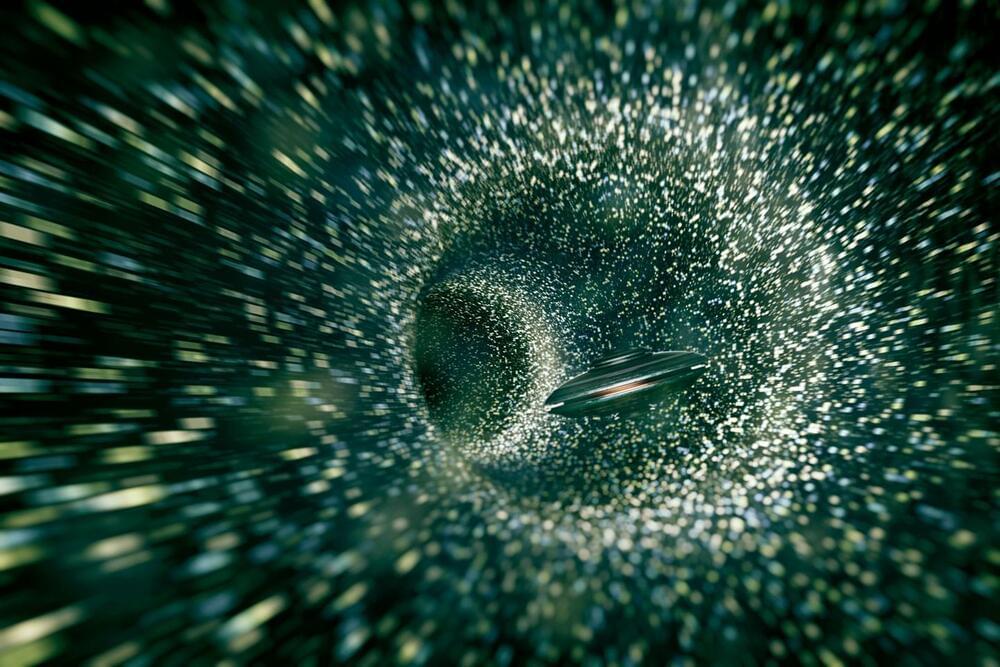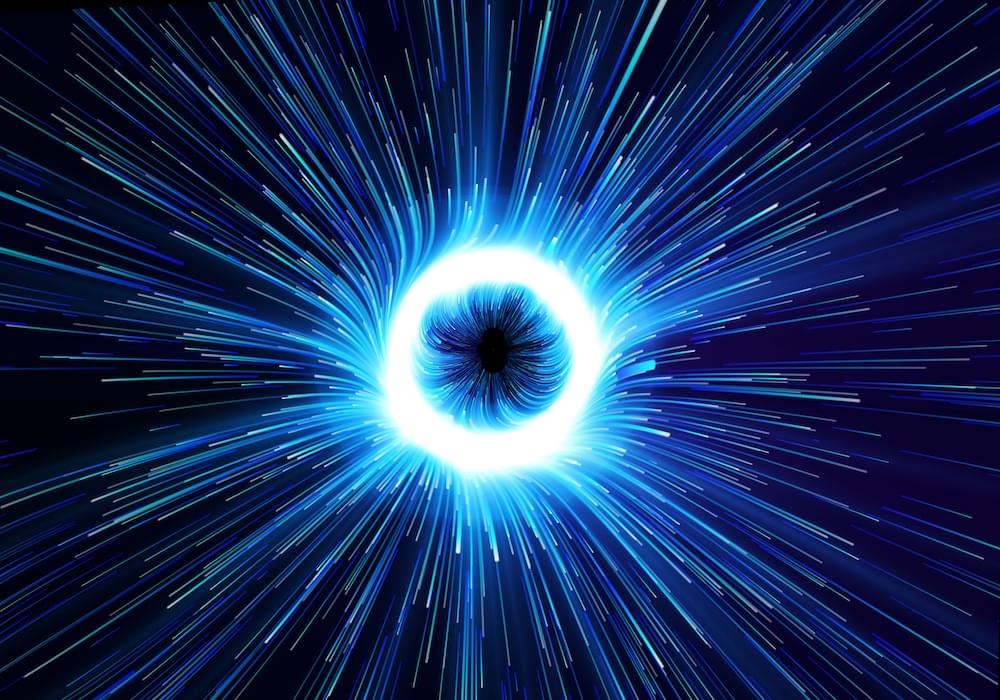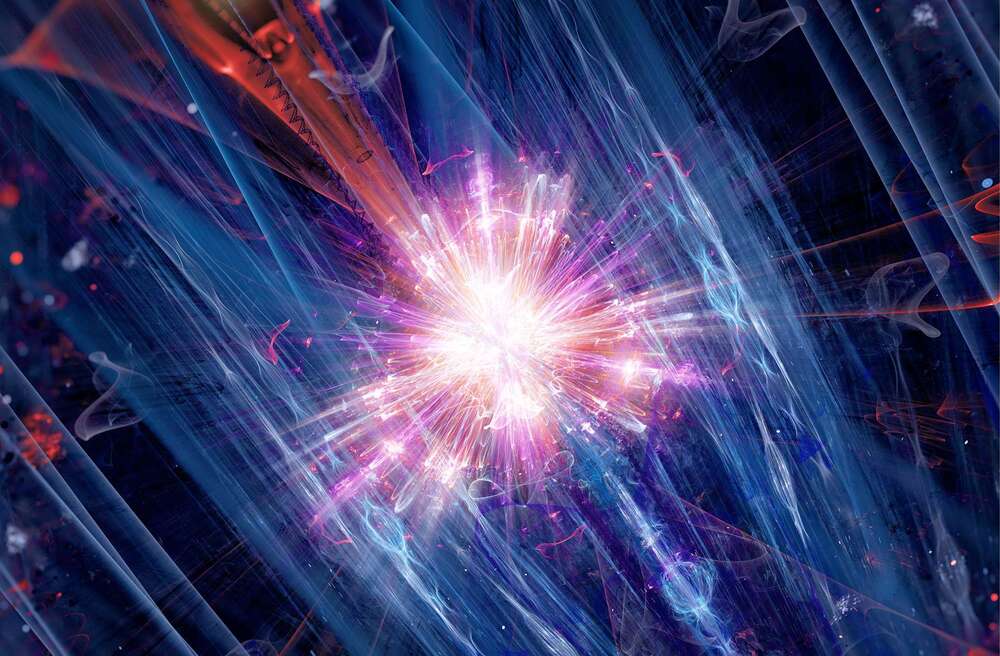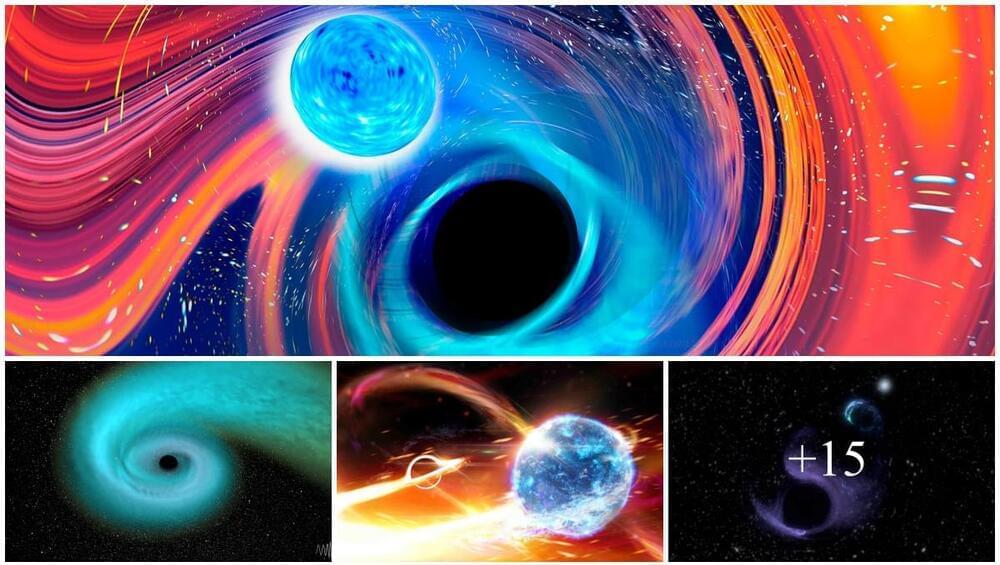Boltzmann brains are perhaps one of the spookiest ideas in physics. A Boltzmann brain is a single, isolated human brain complete with false memories that spontaneously fluctuates into existence from the void. They’re the kind of thing you’d find in a campfire horror story. The big problem, however, is that a range of plausible cosmological models (including our current cosmology) predict that Boltzmann brains will exist. Even worse, these brains should massively outnumber “ordinary” conscious observers like ourselves. At every moment of your existence, it is more likely that you are an isolated Boltzmann brain, falsely remembering your past, than a human being on a rocky planet in a low-entropy universe.
In this video I explain where the idea of Boltzmann brains originated, and why they haunt modern cosmology.
Thanks for watching, and I hope you enjoyed! Please like and subscribe for more videos on amazing ideas in physics.
Winter Ride by Twin Musicom is licensed under a Creative Commons Attribution 4.0 license. https://creativecommons.org/licenses/.. http://www.twinmusicom.org/song/308/w… rtist: http://www.twinmusicom.org …
Source: http://www.twinmusicom.org/song/308/w…
Artist: http://www.twinmusicom.org







